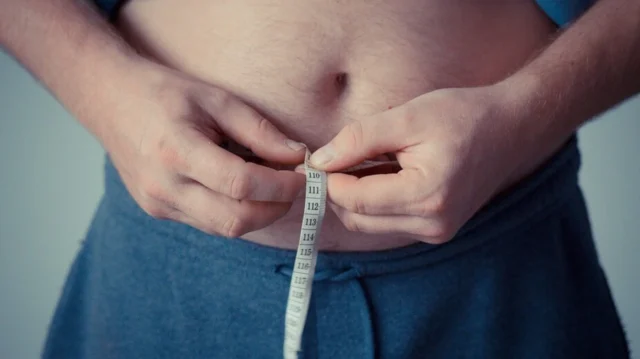Body fat is a source of anxiety for all of us. It not only makes us feel uneasy in our own flesh, but it also brings to light a slew of health issues. What we must realize, however, is that fat growth in the body is not equal. There are certain fat deposits that are considerably easier to eliminate than others. The most frequent forms of fat in our bodies are belly fat and thigh fat, both of which are tough to eliminate and potentially hazardous. It’s crucial to remember, however, that each of these body fat kinds are distinct from one another.
Belly fat refers to excess abdominal fat that develops over time as a person consumes more calories than they burn. Thigh fat, on the other hand, is a result of an unhealthy lifestyle.
However, unlike thigh fat, which is mostly subcutaneous fat, belly fat is mostly visceral fat, which wraps around the interior organs like the liver and intestines, posing serious health hazards. Subcutaneous fat, unlike visceral fat, is situated directly under the skin and may even have certain health advantages.
Belly fat, according to studies, poses a bigger health risk than any other type of fat in the body. It not only causes weight gain, but it also raises the chance of getting chronic ailments. High amounts of visceral fat are thought to increase the risk of diabetes, heart disease, stroke, artery disease, and several malignancies.
The subcutaneous fat that makes up thigh fat, on the other hand, serves as an energy reserve for the body as well as providing cushioning to protect your muscles and bones from injury.
The most difficult fats to remove are belly fat and thigh fat. It takes a long time to see results, even after a rigorous workout and a tight diet. Belly fat, on the other hand, may be more difficult to remove than thigh fat, according to research. Why? Because it is thought that belly fat contains more fat cells that refuse to respond to lipolysis, the fat-breaking process.
The fat cells in our bodies are separated into two types of receptors: alpha-2 and beta-2 cells. While alpha-2 receptors are more receptive to lipolysis, beta-2 cells have a poor response to fat breakdown. However, our abdomen and abdominal areas have more beta cells, making it more difficult to lose weight.
The strategy is the same whether you’re trying to lose belly fat or thigh fat. This may be accomplished by following a balanced diet and engaging in frequent physical activity. Some of the dietary modifications you must make include choosing the correct meals, reducing bad carbohydrates and fats, and limiting your intake of processed foods. Aside from that, staying hydrated is essential for weight loss.
Additionally, activities are essential for maintaining a healthy weight. Regular exercise, walking, and other forms of physical activity can help you lose weight and keep it off.







